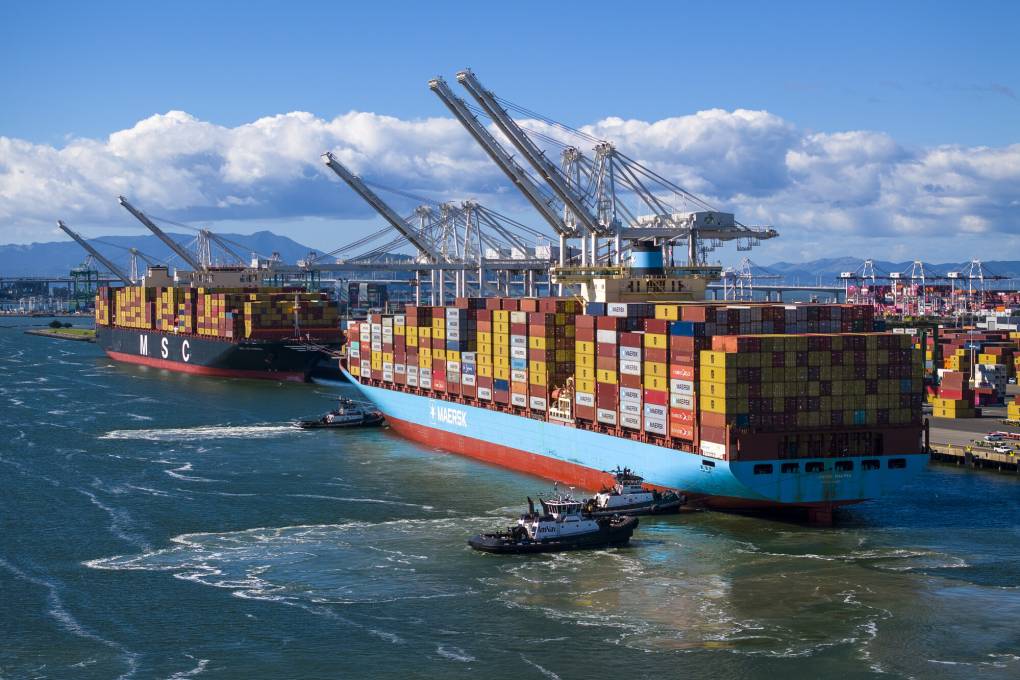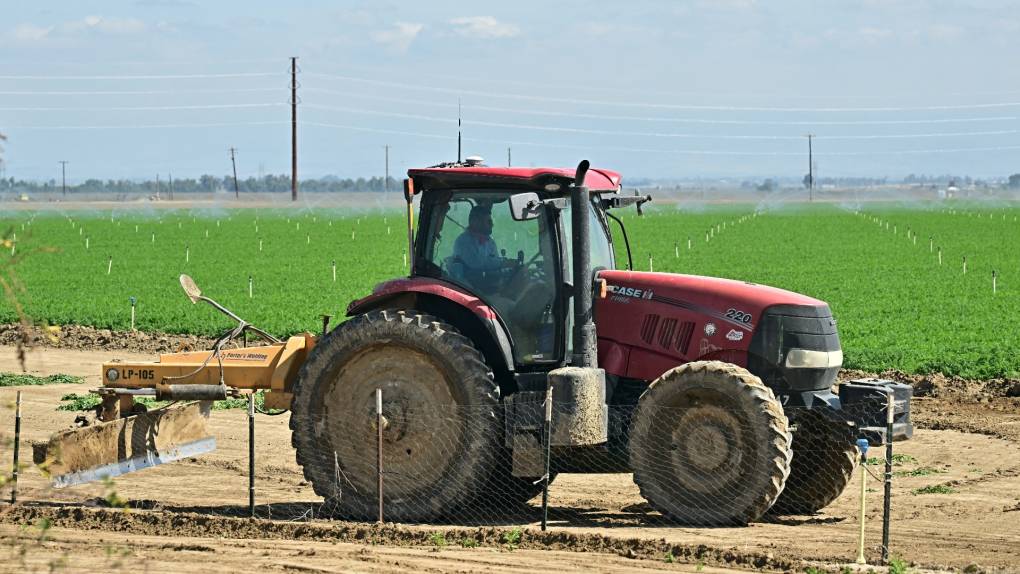“We don’t have months to wait something out,” he said. “We have to continue our operations at the intensity that we currently farm.” He added that “we’re going to have to take those rising prices and deal with it the best we can.”
In addition, Talley worries that one possible effect of tariffs is a glut of domestically grown crops. “If the majority of U.S. farms weren’t able to export their product, everything would stay here, which would completely flood the market and send prices down,” he said. “It would be great for consumers (in terms of prices) but in the end it would hurt the American farmer.”
But Talley’s biggest concern is his farm’s workers, who could be affected by Trump’s stated intent of mass deportations: “I can withstand an increase in fuel prices and fertilizer prices and regulatory burden to an extent. But if you take away my labor overnight, it would be hard for us.”
It’s almost impossible to find a part of California agriculture unaffected by Trump’s tariffs.
Shawna Morris, executive vice president of trade policy at the National Milk Producers Federation, said she is concerned about California’s dairy exports to Mexico, including cheese. The other really big market for California dairy products is China, which has already “pulled the trigger” on retaliatory tariffs, Morris said. California’s dairy exports totaled $3.2 billion in 2022.
California’s biggest export, almonds, had $4.7 billion in foreign sales in 2022. Their longer shelf life is a plus, said almond farmer Jenny Holtermann, in Kern County. “We harvest once a year, then (our processor partners) sell throughout the year,” she said. “The tariffs won’t affect us instantly.”
Holtermann has experience from the tariffs the president imposed during his first term. She would not share specific numbers for her own farm — which has also been in her family for four generations — but acknowledged those tariffs hurt the almond industry, which is “just now starting to rebound.”
Almond growers saw their prices drop from $2.50 a pound to $1.40 a pound after Trump’s tariffs in 2018, according to research from the University of California Giannini Foundation of Agricultural Economics.
Holtermann said farmers’ costs have only gone up, so her farm has adjusted by using less fertilizer, buying fewer tractors or letting trucks run a little longer before replacing them.
But she said she thinks the president’s tariffs are part of “a long-game approach … to get our country back to the economic powerhouse we’re supposed to be.”
Besides, Holtermann is counting on a couple of things. One is California almonds’ dominance: The state produces 80% of the world’s almonds, says the Almond Alliance.
The other thing she’s hoping for is another possible federal bailout, which reportedly has been discussed by the Trump administration. During the Trump 1.0 trade war, the federal government provided farmers with “market facilitation funds” of $23 billion to try to offset the business they lost as a result of China’s retaliatory tariffs on the United States, the Government Accountability Office said in a 2021 report.
The U.S. Department of Agriculture has not responded to CalMatters’ questions.
Those funds helped her farm last time, Holtermann said, so she’s hoping for more of the same. “I do know he supports agriculture,” she said of the president. “He’s had a lot of meetings with agriculture organizations.”
Still, she expects to take a short-term hit from tariffs this time around, including losing business from certain countries. “I’m not naive,” Holtermann said. “I’m sure we will miss a portion of that market share.”
But Shannon Douglass, president of the California Farm Bureau, is concerned about getting global buyers to return once they switch to other sources. “We know the last round, almonds and pistachios saw a 20% drop in exports,” she said. “Once they have moved it can take a long time to get those markets back.”
This article was originally published on CalMatters and was republished under the Creative Commons Attribution-NonCommercial-NoDerivatives license.




